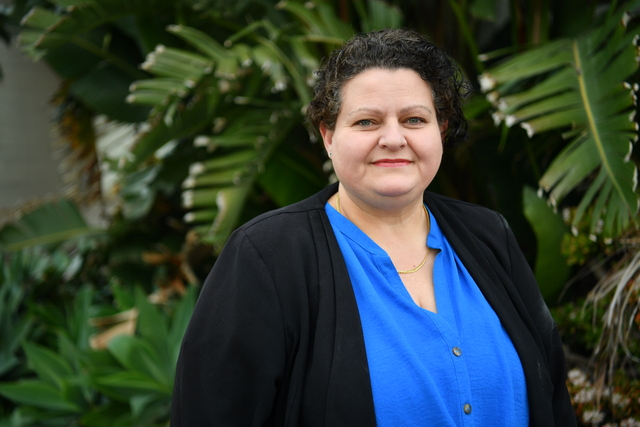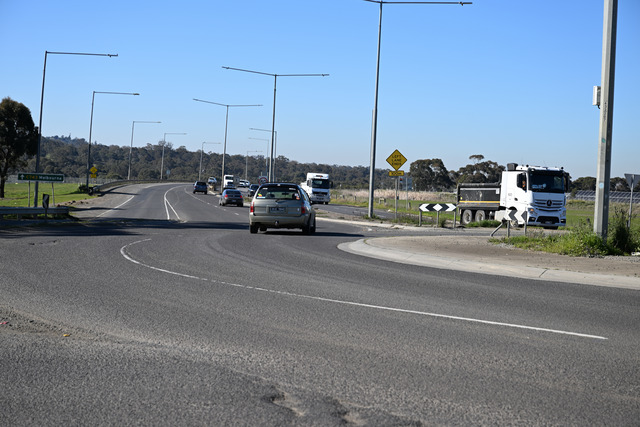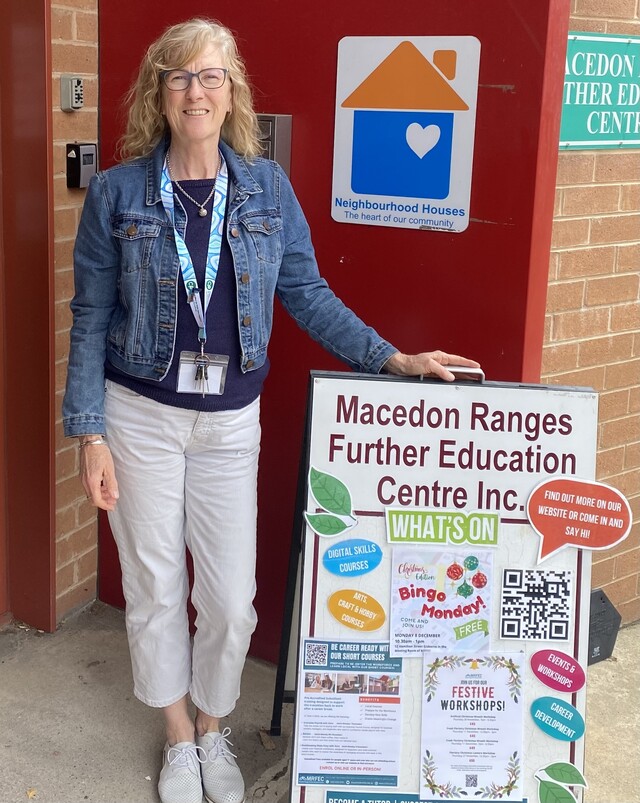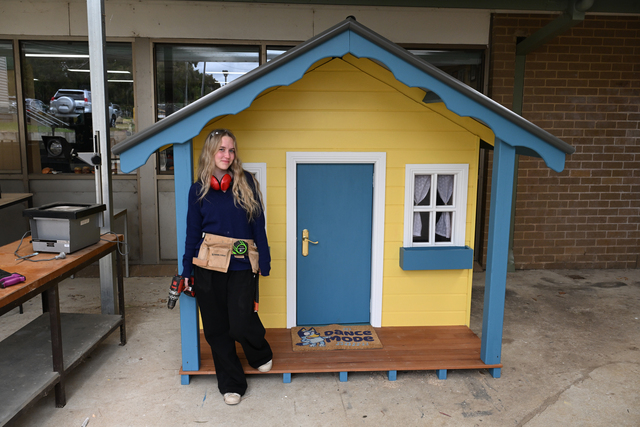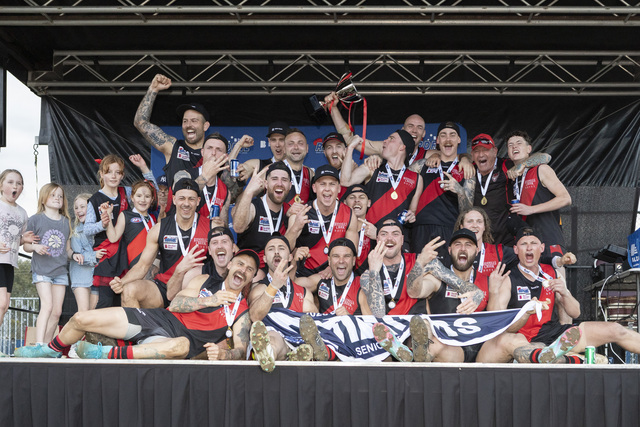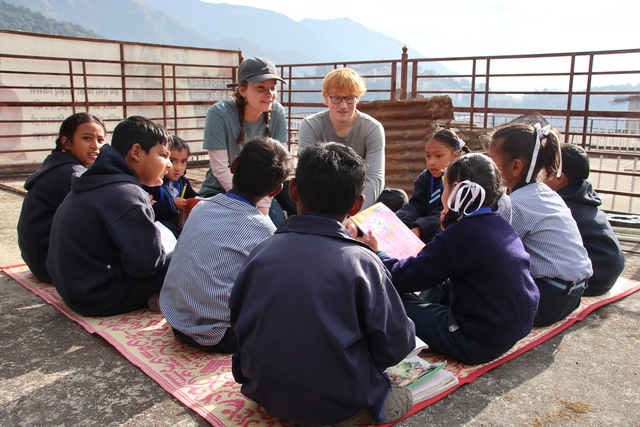Solo mother Michelle Galea’s worst nightmare is her son losing his only parent. In September last year, she was forced to confront that fear after being diagnosed with breast cancer.
The mother was 49 when she discovered a pea-sized lump while scratching her breast one morning.
She said she knew immediately that something was wrong.
She tried to make a breast screen appointment but was advised to see her GP instead because of the lump.
“I could tell it was positive, you can tell by the way people talk to you,” Michelle said.
It took a week for Michelle to get the results, which filled her with anxiety.
When Michelle heard that she had breast cancer, she began to worry about her son, Charlie.
“My first thoughts went to my son,” Michelle said.
“Who would look after my child if I died? What would happen to him? Who would care for him?
“Being a solo mother, these thoughts come into our minds earlier than most two parent families.”
According to the National Breast Cancer Foundation, one in 57 Australians are diagnosed with breast cancer every single day, equating to over 20,000 Australians each year.
“I was quite shocked, I didn’t think I would be in that position to be quite honest,” Michelle said.
“I thought it was something that happens to everyone else.”
The next several months were filled with scans, visits to a surgeon, and surgery to remove the cancer.
“I had the lump removed and I also had some lymph nodes removed out of my arm,” Michelle said
“Because they took some lymph nodes out , I had a lot of problems with my arm swelling.”
After surgery, Michelle met with her oncologist to work out the next steps.
“The surgeon organised an MRI done on both breasts to check if it was anywhere else,” she said.
“After it is removed, that is when you see the oncologist who works out your plan of action.”
Michelle’s oncologist recommended a test, known as an Oncotype DX test, which determines whether further treatment is needed.
Michelle said the test isn’t funded in Australia and her test needed to be sent to the US for analysis. It recommended she start chemotherapy.
“Unfortunately to do that test, it’s $5000 out of pocket, Medicare does not fund it at all,” she said.
“I reckon I am close to $20,000 out of pocket because I went private,” she said.
“My surgeon alone was $5000 out of pocket. That is just one bill. I haven’t even added it all up.”
Michelle underwent chemotherapy and radiation and is battling ongoing problems with arms to the lymph node removal.
“I had to see a special physio twice a week, and again that is not funded by the government,” she said.
“I couldn’t afford that. The average person couldn’t afford it. We are talking about $150 each time you go.
“The government only gives you six sessions subsidised through a care plan.”
With the support of her parents, who lent her money for several tests, and the support of her siblings who attended her appointments with her, Michelle has come out on the other side.
“I am on hormone treatment now, which is a tablet which I take everyday. I am on that for [the next] 10 years,” she said..
In the midst of her battle, Michelle was also running a nationwide support group she started in 2013, called Australian Solo Mothers by Choice. It has more than 3700 members across the country.
“It was hard especially as a solo mother, when you get diagnosed with something like that it takes a couple of weeks for you to get your head around it,” she said.
“Luckily, I have created a great village for my son. I have made sure he is connected and loved by family who will care for him, and most importantly, I know he will feel safe and not scared to live with them.
“So I know my village will be there for my son in case I die.”

